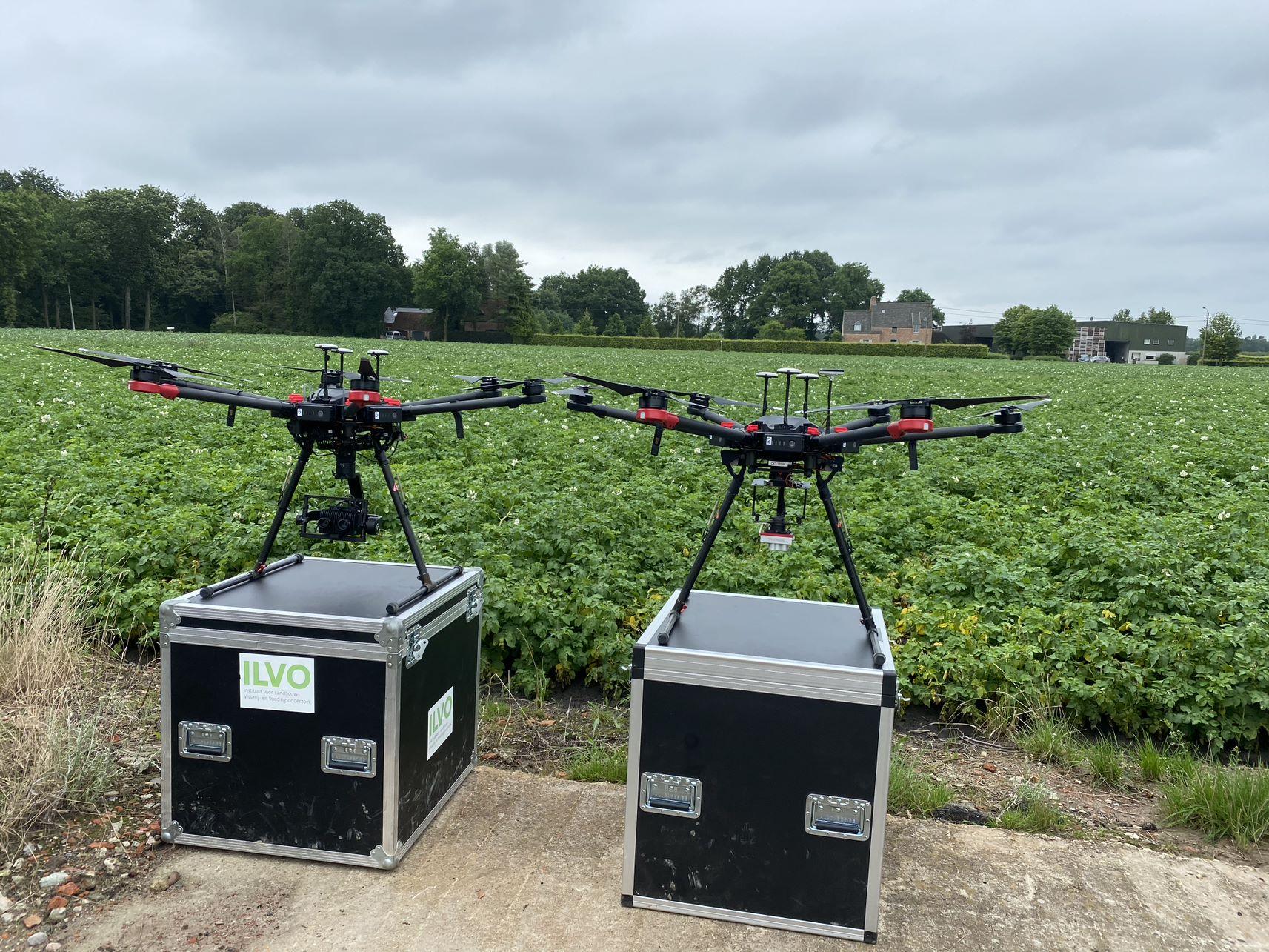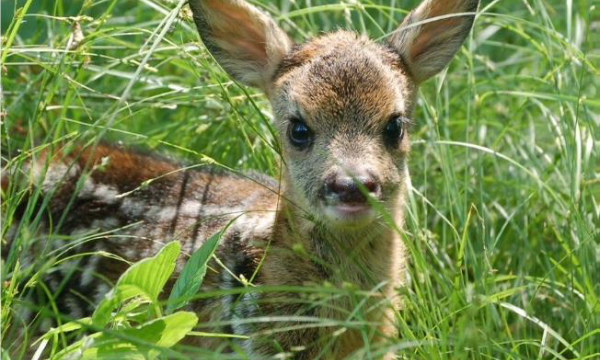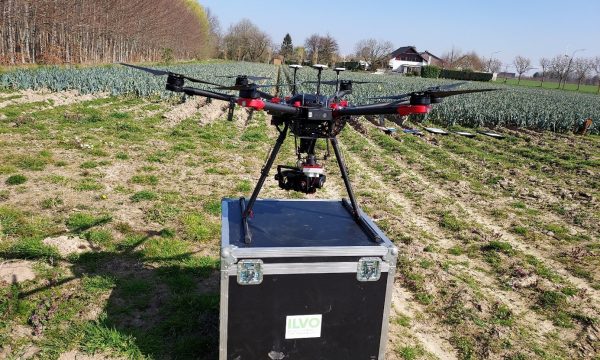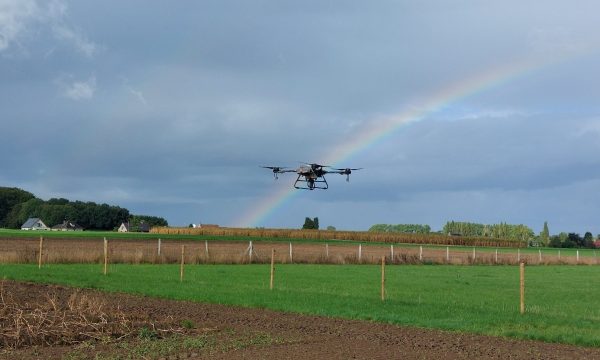General OpsDrone workshop agro-consultants

Biomass monitoring is one the most interesting parameters for estimating yield and crop revenue for leafy vegetables. This is even more important for farmers in a capital-intensive crop such as leeks. Remote sensing platforms as satellites and UAV provide crucial data to calibrate plant growth models and support decision making for location specific fertilization strategies.
However, few studies compare the costs and benefits of UAV data to freely available satellite data. In this example, multispectral drone- and satellite images are collected for one study field for one growing season. Both datasets are calibrated and validated with fresh biomass estimates (ton/ha) and plant nitrogen uptake (kg N/ha) from destructive measurements within the field.
The costs of the model errors (over- and underestimation of biomass and N-uptake) are combined with processing, data correction and data volume costs of the two platforms. When compared with the netto benefits of leek yield, a minimum area can be determined to get break even (benefits = costs).
This case study can provide the first insights of potentials and limits of UAV and satellite platforms for variable nitrogen applications in capital intensive crops like leeks. On September 6th, a workshop will be organised to explain this case study as part of the OpsDrone project. More information about this workshop can be found here.


